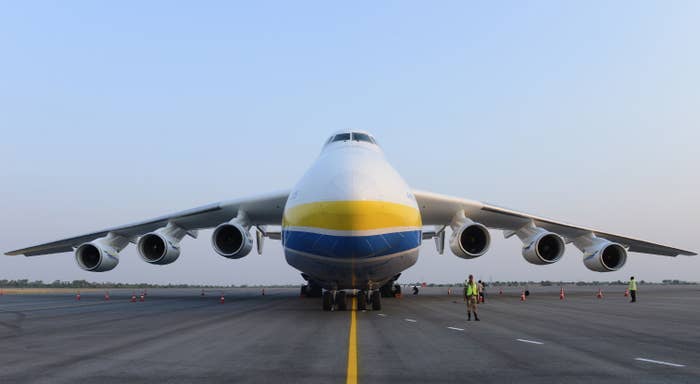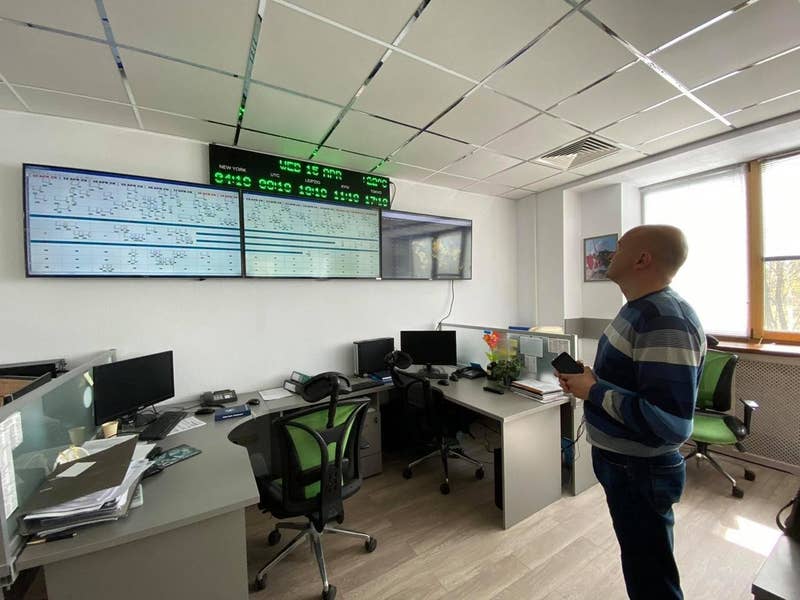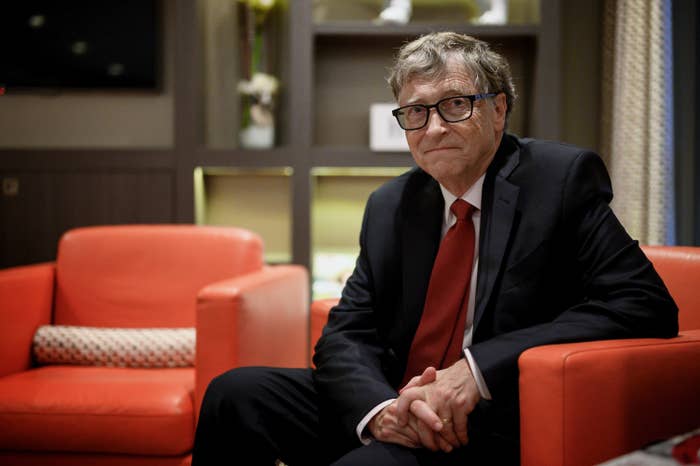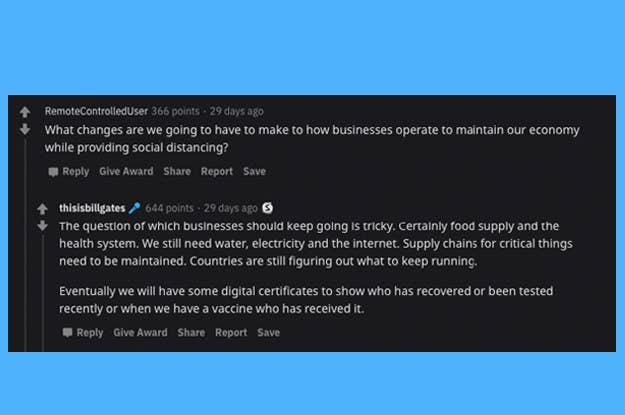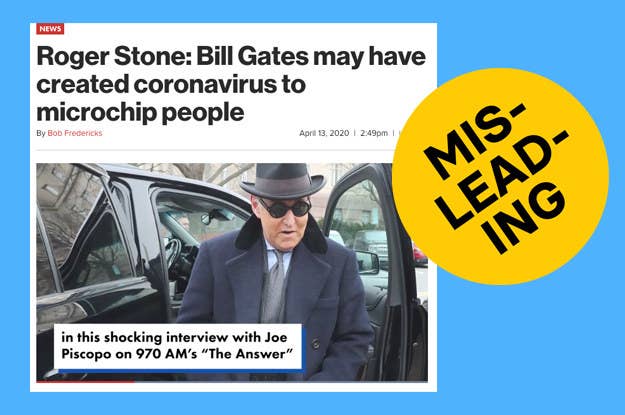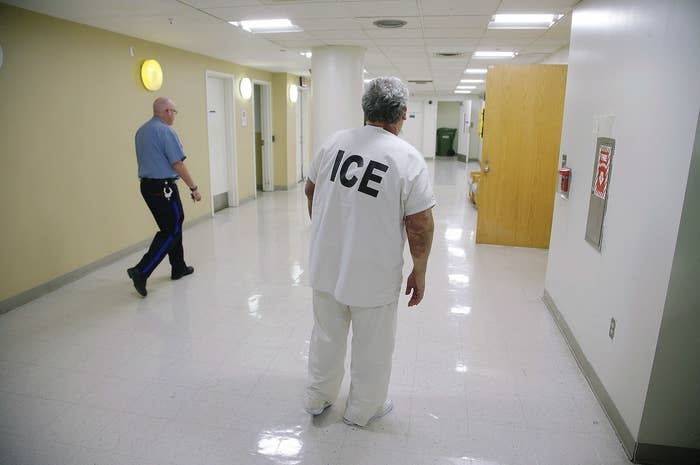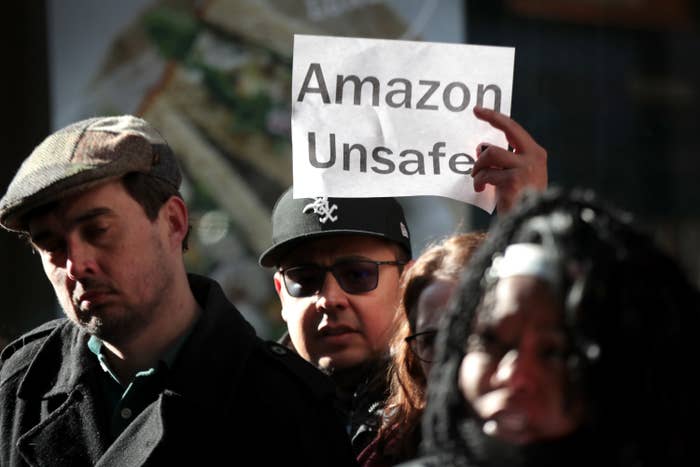BEEFING HARD
JBS shut their beef processing operation on April 15, but not before dozens of workers became infected and at least four died.
JBS IS THE BRAZILIAN GLOBAL MEATPACKING MONOPOLY
https://plawiuk.blogspot.com/search?q=JBS
William Bredderman Researcher Apr. 18, 2020
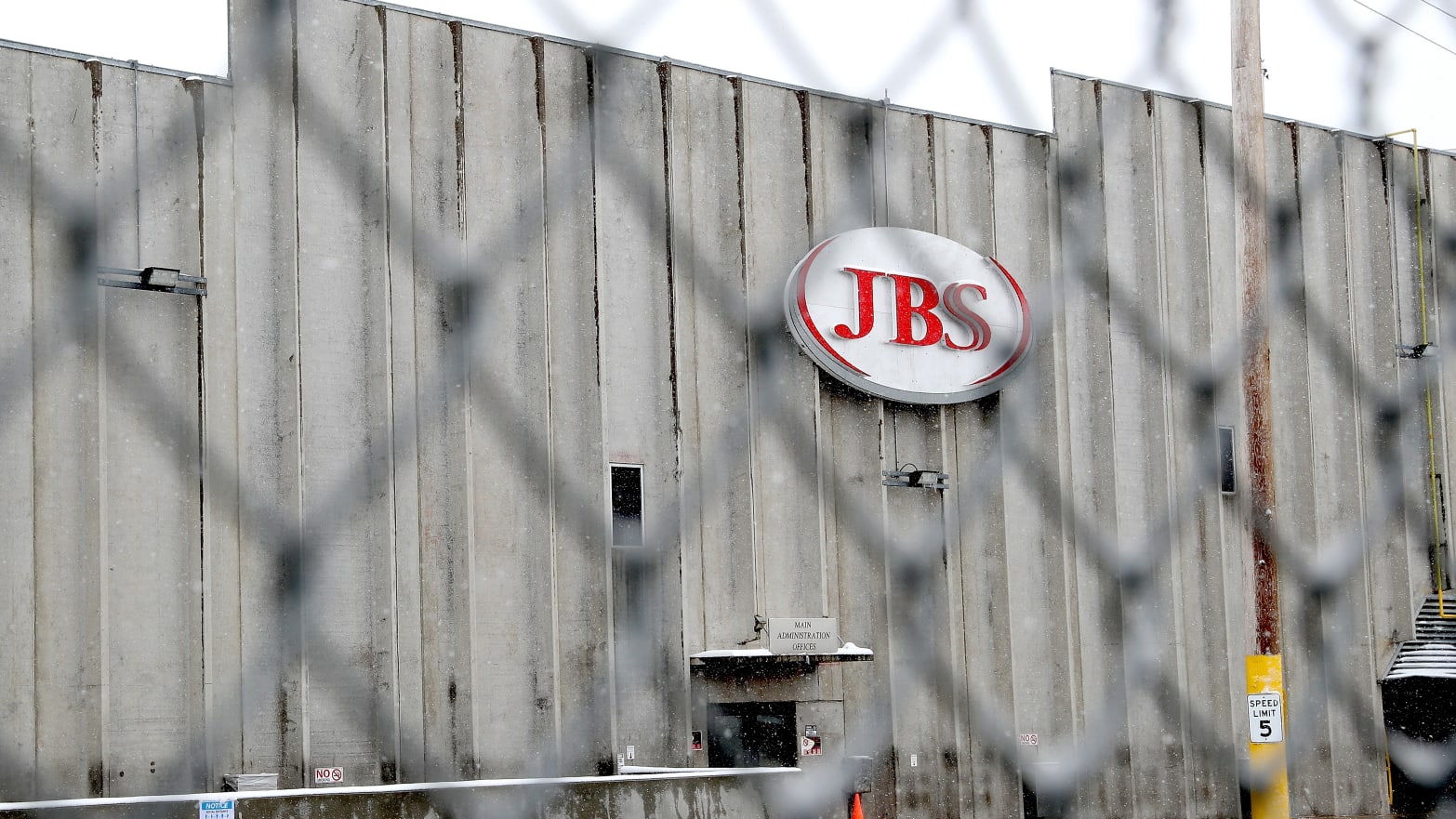
Matthew Stockman/Getty
A “work while sick culture” may have turned a Colorado meat-packing plant into a COVID-19 cluster, a communication from local health authorities suggests.
The Weld County Department of Public Health and Environment sent a letter to the JBS USA facility in Greeley on April 4, and referenced warnings the agency made to company officials on April 2—five days before the first reported death of one of the facility’s employees on April 7. JBS idled the beef processing operation on April 15, but not before dozens more of its 4,500 workers became infected and at least four died.
The missive from County Health Officer Dr. Mark Wallace, obtained by The Daily Beast, noted that he had brought up in the April 2 exchange that some of the plant’s laborers had reported feeling pressured to keep attendance up even when they felt ill.
Nebraskans in Virus Hot Zone ‘Terrified’ by Guv’s Decision
‘JUST LIKE TRUMP’
Marcella Mercer, Tracy Connor

“These concerns expressed to clinicians included a perception by employees of a ‘work while sick’ culture that included managers and supervisors coming to work while sick,” Wallace wrote in the letter, first reported on by local Fox affiliate KDVR.
The doctor went on to order the company to take employees’ temperatures as they arrived on site, to implement social distancing protocols, and to direct the ailing and the potentially exposed to self-isolate at home. The letter ended with a threat should JBS fail to comply.
“If I find evidence of continued violations,” Wallace wrote. “I will seek assistance from the District Attorney to consider criminal actions against you and your staff and/or the Weld County attorney to seek injunctive relief against your company.”
In a statement to The Daily Beast, JBS denied obligating or encouraging workers to show up while exhibiting symptoms.
A Sioux Falls Meat Plant Is Now Worst Virus Cluster in U.S.
SHOCKING
Emma Tucker, Rachel Olding

“No one is forced to come to work and no one is punished for being absent for health reasons. If someone is sick or lives with someone who is sick, we send them home,” said spokesperson Nikki Richardson. “The health and safety of our team members is our number one priority.”
Still, Richardson noted that the federal government has sought to keep food supply chains running amid the pandemic, which she said imposed on JBS a “special responsibility to maintain normal work schedules.”
President Donald Trump acknowledged the scale of the JBS outbreak in his April 10 press briefing, in which he lauded the local response.
“We’re looking at this graph where everything’s looking beautiful and it’s coming down and then you got this one spike,” he said. “Many people, very quickly. And by the way, they were on it, like, so fast, you wouldn’t believe it.”
The Daily Beast previously reported on an outbreak at another of the company’s facilities in Grand Island, Nebraska.
The Brazilian-based food giant, which also controls the brand Pilgrim’s Pride, has been at the center of a number of controversies and scandals. Its two top executives Joesley and Wesley Batista, whose father co-founded the company in 1953, pleaded guilty in 2017 to paying millions in bribes to nearly 2,000 lawmakers in their home country—a major development in the “Operation Car Wash” scandal that rocked the South American country.
Earlier this year, news that the firm had received $67 million in U.S. tax dollars intended to bail out struggling farmers provoked outcry. And in March, Sen. Chuck Grassley (R-IA), accused the company of taking advantage of the pandemic to underpay beef producers.
Several meat plants have been crippled by the coronavirus outbreak, including a pork facility in South Dakota, owned by Smithfield Foods, which has become the largest single-source cluster in the country.
William Bredderman Researcher Apr. 18, 2020

Matthew Stockman/Getty
A “work while sick culture” may have turned a Colorado meat-packing plant into a COVID-19 cluster, a communication from local health authorities suggests.
The Weld County Department of Public Health and Environment sent a letter to the JBS USA facility in Greeley on April 4, and referenced warnings the agency made to company officials on April 2—five days before the first reported death of one of the facility’s employees on April 7. JBS idled the beef processing operation on April 15, but not before dozens more of its 4,500 workers became infected and at least four died.
The missive from County Health Officer Dr. Mark Wallace, obtained by The Daily Beast, noted that he had brought up in the April 2 exchange that some of the plant’s laborers had reported feeling pressured to keep attendance up even when they felt ill.
Nebraskans in Virus Hot Zone ‘Terrified’ by Guv’s Decision
‘JUST LIKE TRUMP’
Marcella Mercer, Tracy Connor

“These concerns expressed to clinicians included a perception by employees of a ‘work while sick’ culture that included managers and supervisors coming to work while sick,” Wallace wrote in the letter, first reported on by local Fox affiliate KDVR.
The doctor went on to order the company to take employees’ temperatures as they arrived on site, to implement social distancing protocols, and to direct the ailing and the potentially exposed to self-isolate at home. The letter ended with a threat should JBS fail to comply.
“If I find evidence of continued violations,” Wallace wrote. “I will seek assistance from the District Attorney to consider criminal actions against you and your staff and/or the Weld County attorney to seek injunctive relief against your company.”
In a statement to The Daily Beast, JBS denied obligating or encouraging workers to show up while exhibiting symptoms.
A Sioux Falls Meat Plant Is Now Worst Virus Cluster in U.S.
SHOCKING
Emma Tucker, Rachel Olding

“No one is forced to come to work and no one is punished for being absent for health reasons. If someone is sick or lives with someone who is sick, we send them home,” said spokesperson Nikki Richardson. “The health and safety of our team members is our number one priority.”
Still, Richardson noted that the federal government has sought to keep food supply chains running amid the pandemic, which she said imposed on JBS a “special responsibility to maintain normal work schedules.”
President Donald Trump acknowledged the scale of the JBS outbreak in his April 10 press briefing, in which he lauded the local response.
“We’re looking at this graph where everything’s looking beautiful and it’s coming down and then you got this one spike,” he said. “Many people, very quickly. And by the way, they were on it, like, so fast, you wouldn’t believe it.”
The Daily Beast previously reported on an outbreak at another of the company’s facilities in Grand Island, Nebraska.
The Brazilian-based food giant, which also controls the brand Pilgrim’s Pride, has been at the center of a number of controversies and scandals. Its two top executives Joesley and Wesley Batista, whose father co-founded the company in 1953, pleaded guilty in 2017 to paying millions in bribes to nearly 2,000 lawmakers in their home country—a major development in the “Operation Car Wash” scandal that rocked the South American country.
Earlier this year, news that the firm had received $67 million in U.S. tax dollars intended to bail out struggling farmers provoked outcry. And in March, Sen. Chuck Grassley (R-IA), accused the company of taking advantage of the pandemic to underpay beef producers.
Several meat plants have been crippled by the coronavirus outbreak, including a pork facility in South Dakota, owned by Smithfield Foods, which has become the largest single-source cluster in the country.
